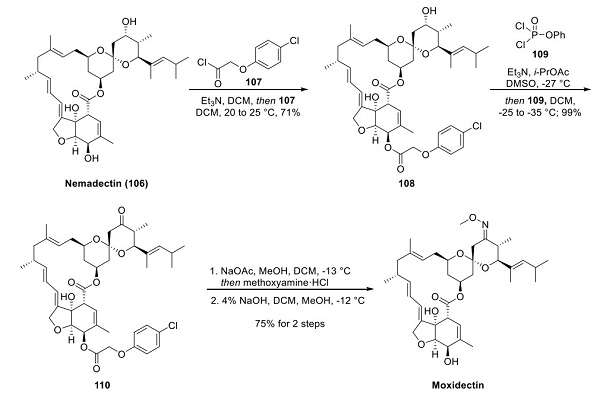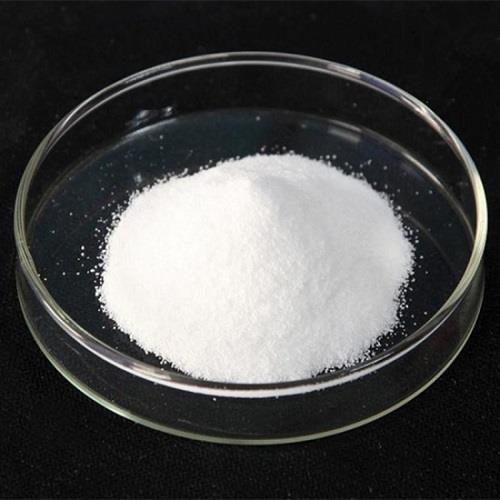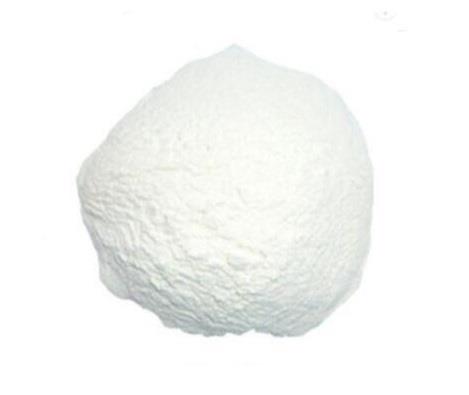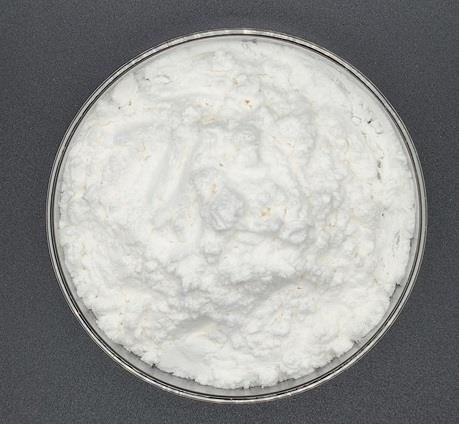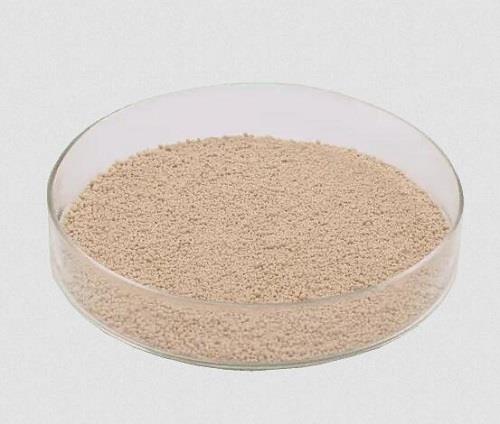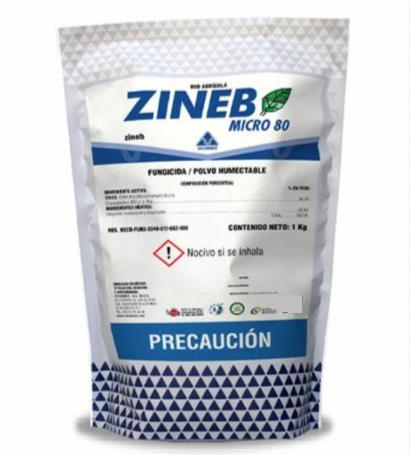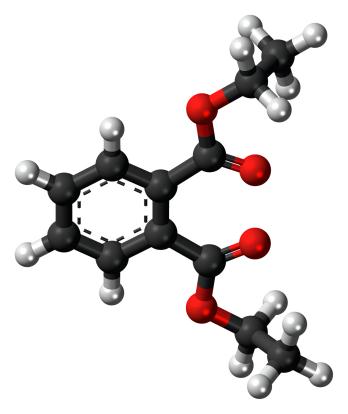Pesticides refer to the kind of chemical reagents used in agriculture for protection crops from disease, insects, rodents and regulating plant growth and killing weed. In addition for being applied to the agriculture, it can also be used in health and epidemic prevention, forestry, animal husbandry, environmental and health aspects. Based on the control object, it can be divided into insecticides, fungicides, miticides, nematicides, rodenticides, herbicides, defoliants and plant growth regulating agents. It has been developed of more than one thousand kinds of pesticides with most of them being made from chemical synthesis while a few of them belonging to biological pesticides. Pesticides used for controlling of harmful insects are called insecticides. Insecticides in early time are mainly biological insecticide (e.g. pyrethrum, nicotine, etc.) and inorganic compounds. Until the 1940s, the discovery and application of DDT and HCH had greatly promoted the rapid development of organic pesticides, leading to the emergence of three categories of organic pesticides including organochlorine, organophosphate and carbamate. In addition to being widely used in agriculture, insecticide can also be applied to home health and other fields. The application of insecticide is an effective method of controlling pests, but long-term use will cause resistance of insect, so that efficacy will decrease. In this case, we need to change to another kind of insecticide.
A macrocyclic lactone anthelmintic: Moxidectin
Moxidectin is a 16-membered macrocyclic lactone of the milbemycin class. The starting material for the synthesis of the drug is highly functionalized macrolactone nemadectin.
Dec 21,2023 Chemical pesticides A widely used pesticide: Acephate
Acephate is a low-toxicity organophosphate insecticide. But it is easily absorbed by plants and accumulated in edible parts of plants.
Oct 23,2023 Chemical pesticides What is Oxalyl chloride?
Chlorine oxalate is a highly toxic substance and a versatile reagent for organic transformation
Sep 4,2023 Chemical pesticides Dimethomorph:Mode of action,Chronic Toxicity,Carcinogenicity
Dimethomorph is a fungicide with systemic function. It is used for treating mildew and root rot caused by organisms such as Pythium and Phytophthora species.
May 6,2023 Chemical pesticides Cymoxanil:Use,Toxicity,Metabolism
Cymoxanil is a fungicide that is highly soluble in water and considered quite volatile. It has a low potential for leaching to groundwater, is non persistent in soil and water systems.Cymoxanil is mod
May 6,2023 Chemical pesticides Carboxin:Uses,Toxicity,Environmental Fate
Carboxin is a systemic fungicide used to control seed and seedling diseases; (smut, rot, blight) on barley, beans, canola, corn, cotton, oats, onions, peanuts, rice,rye, safflower, sorghum, soybeans,
May 5,2023 Chemical pesticides Temephos:Uses,Health hazard,Disposal
Temephos is an organophosphate larvicide used to treat water infested with disease-carrying insects including mosquitoes, midges, and black fly larvae.
Apr 28,2023 Chemical pesticides ?Zineb:Uses,Environmental effects,Acute Health Effects
?Zineb is a carbamate fungicide used on edible crops and ornamentals. It has a low aqueous solubility, is relatively volatile and is not expected, based on its physico-chemical propoerties, to leach t
Mar 15,2023 Chemical pesticides Dimethyl Carbonate: Production and Hazards
The passage introduces the production and hazards of Dimethyl carbonate.
Nov 28,2022 Chemical pesticides The Uses of Dimethyl phthalate
The passage introduces the uses of Dimethyl phthalate.
Nov 25,2022 Chemical pesticides 



